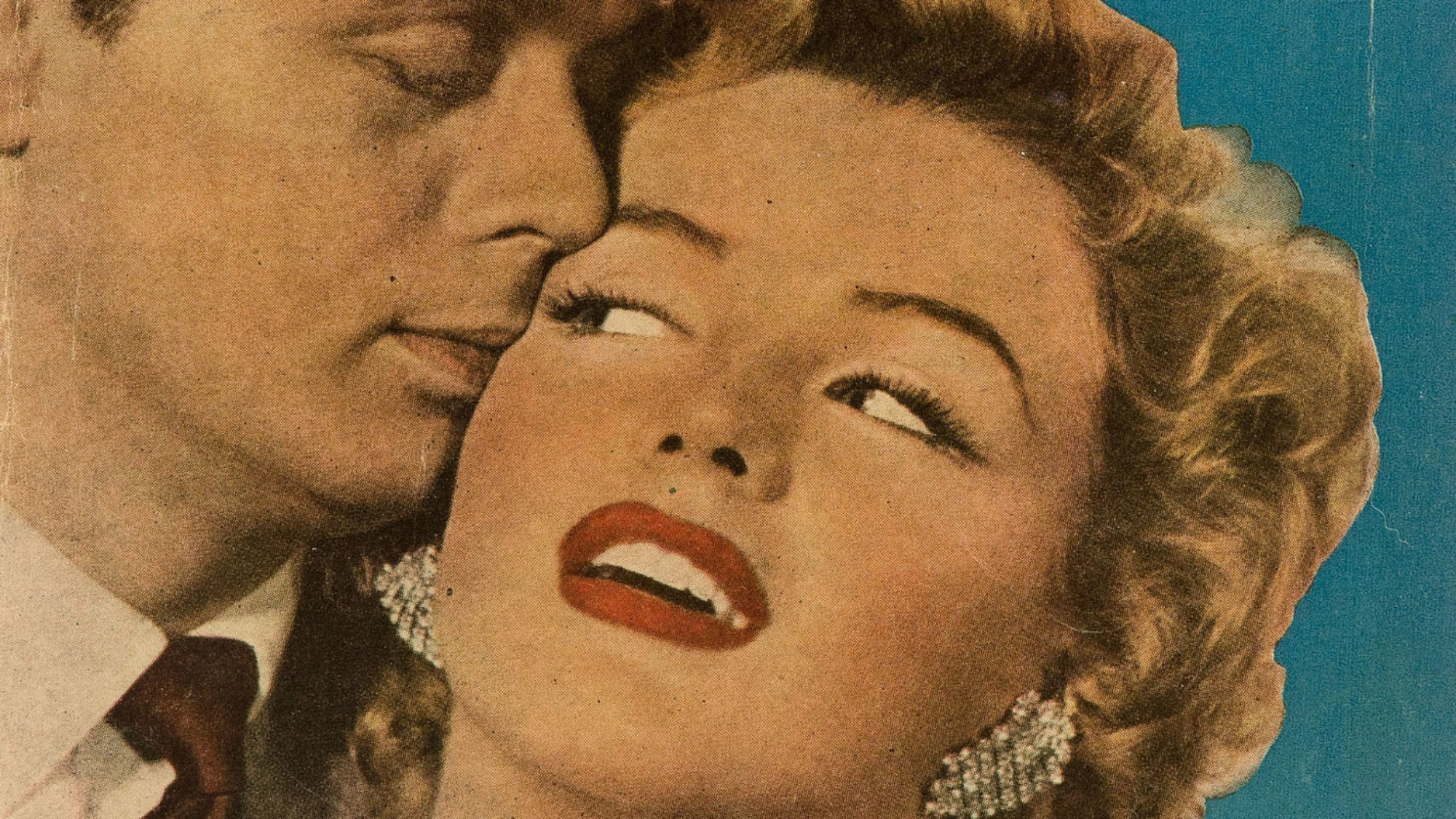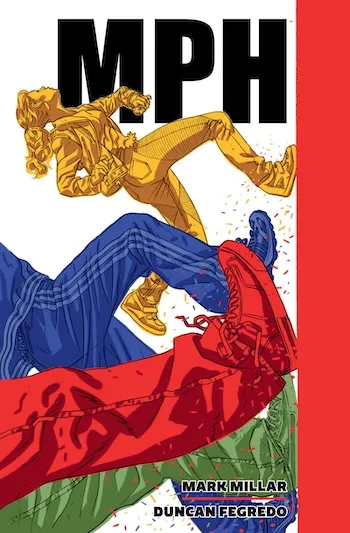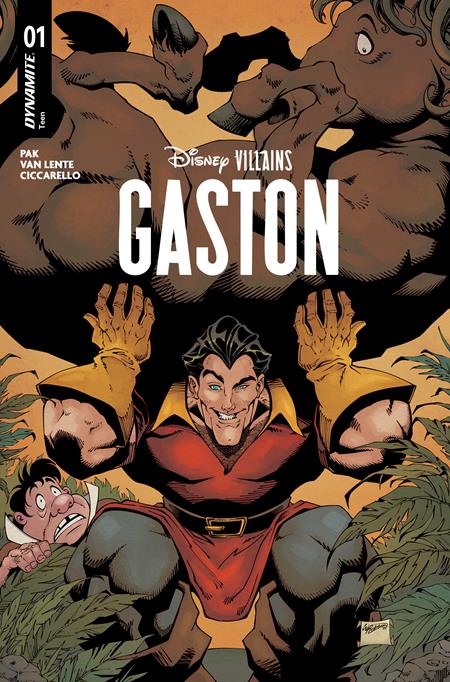Posted in: Comics, Heritage Sponsored, Vintage Paper | Tagged: Fawcett Publications, Marilyn Monroe, Romance Comics
The cover of Fawcett romance comic Sweethearts #119 hit stands in late 1952 with a Marlilyn Monroe cover for her film Don’t Bother to Knock.
Article Summary
Marilyn Monroe graced Sweethearts #119 cover, tied to her film Don’t Bother to Knock.
Fawcett Publications used star power on the final issues of the title, including Elizabeth Taylor.
Fawcett, a pioneer in film magazines, had extensive history with Hollywood tie-ins.
Sweethearts #119 is a collector’s gem due to Marilyn’s rising stardom and its rarity.
1952 was a year that helped make Marilyn Monroe an icon. Early that year, she began a romance with New York Yankees legend Joe DiMaggio. In March, with her studio film career taking off, photos taken of her for a nude calendar in 1949 became public knowledge, and she leaned into the scandal by admitting to it and saying she had simply needed the money at the time. The resultant publicity sent her career into overdrive, and she was featured on the cover of Life Magazine while three of her films were rushed to release to take advantage of the furor. One of these films was Don’t Bother to Knock, co-starring Richard Widmark and including the big screen debut of Anne Bancroft. Don’t Bother to Knock is a noir thriller in which Monroe plays a babysitter with a troubled past who has a chance encounter with a pilot (Widmark) who has just been dumped by his girlfriend (Bancroft). The sparks initially fly between the pair, but the evening quickly takes a very dark turn as the pilot on the rebound discovers that this babysitter is not what she seems. It’s a solid performance by Monroe, and a photo that seems to be a publicity shot from the film of her and Widmark appears on the cover of Fawcett’s romance comic book Sweethearts #119 later that year.

Sweathearts was the first monthly romance comic book on American newsstands, released about a year after Joe Simon and Jack Kirby’s genre-defining Young Romance, which was initially a bi-monthly. The title, touted as the industry’s best-selling romance comic by 1949, featured photo covers throughout its run at Fawcett. While these photo covers typically featured uncredited models and photographers in what was essentially the stock photography of the era, Fawcett seemed to be trying something different by the end of the title’s run. In addition to the Don’t Bother to Knock promotion on Sweethearts #119, issue #121 features a photo of Elizabeth Taylor and Fernando Lamas from the 1953 film The Girl Who Had Everything.
Fawcett had established an ongoing presence among the film media by that time. It eased into that field in its early years with an unlikely 1925 title called This is Paris!, which was patterned after La Vie Parisienne and quickly went through a series of name changes on its journey to becoming a traditional movie fan magazine, including This is Paris and Hollywood, Paris and Hollywood Screen Secrets, and Screen Secrets; finally becoming the better-remembered Screen Play in 1930. That same year, Fawcett acquired the magazine Hollywood from another publisher, and in 1935 also acquired the venerable Motion Picture Magazine, which had launched in 1911 and is widely considered the first true movie fan magazine. In 1952, Motion Picture Magazine was being rebranded as Motion Picture and Television Magazine with wide cross-promotion in Fawcett’s comic book line late that year. Unsurprisingly, Motion Picture and Television Magazine featured a Marilyn Monroe cover story at the same time that Sweethearts #119 hit the newsstands. The publisher had been no stranger to promotional movie tie-ins for its other periodicals throughout its history, having launched Whiz Comics with the help of actress Jane Withers in 1939, and in 1954, put Creature from the Black Lagoon on the cover of Mechanix Illustrated.
Notably, Fawcett was publishing as many romance comics as it was superhero titles as the company entered into its final year of comics publishing in 1953. That year, Fawcett would settle with DC Comics for $400,000 and agreed to stop publishing Captain Marvel & Co. after lengthy legal battles over the character’s similarities to Superman. A look at Fawcett’s publishing timeline over that period indicates that the company’s comic book line began to slowly wind down as soon as January 1953, a plan likely put into motion in late 1952. By the end of 1953, the company had announced that it had sold all its comic book titles “except the Marvels” to Charlton, where Sweethearts and others continued. The title enjoyed a 24-year run between the two publishers from 1948 to 1972.
Unfortunately, the stories of Sweethearts #119 have nothing to do with the plot of Don’t Bother to Knock, and the contents of the final few issues of the title, which included a Hollywood news feature, suggest that the publisher may have already known that its comic book party was over and was trying to entice those readers into trying out the rest of its magazine line. As for Monroe, her star power had risen considerably since her only prior comic book appearance on the cover of St. John’s Teen-Age Diary Secrets #6 in 1949 with a photo by Bruno Bernard, and of course she’s now a legend — which has made Sweethearts #119 the most sought-after issue of that run. There’s a copy of that issue and much more in the 2024 February 29 – March 1 Golden Age Romance Featuring Fox Comics & Comic Art Showcase Auction #40258.


Affiliates of Bleeding Cool buy from and/or consign to Heritage Auctions.
Enjoyed this? Please share on social media!
Stay up-to-date and support the site by following Bleeding Cool on Google News today!







